Category: ww2 Italian Navy
Marconi class Submersible
Oceanic Submersibles: 1939-40: Alessandro Malaspina, Leonardo da Vinci, Luigi Torelli, Major Baracca, Michele Bianchi, Guglielmo Marconi. The Marconi class were…
Folgore class destroyer (1931)
Regia Marina: 8 Built 1929-33: Folgore, Lampo, Fulmine, Baleno The Folgore class, sometimes mixed with the Dardo class, was composed…
Liuzzi class submarine (1939)
Oceanic Submersibles: 1939-40: Console Generale Liuzzi, Alpino Bagnolini, Reginaldo Giuliani, Capitano Tarantini. The Liuzzi class were four submersibles all built…
Freccia class destroyer
Regia Marina: 8 Built 1929-33: Italy: Dardo, Frecchia, Saetta, Strale Greece: Hydra, Spetsai, Psara, Kountouriotis The Freccia (or Dardo) class…
Brin class submarine (1938)
Oceanic Submersibles: 1938-39 Brin, Benedetto Brin, Galvani, Guglielmotti, *Archimede, *Torricelli The Benedetto Brin class were a repetition of Archimede class…
Navigatori class Destroyer
Regia Marina: 12 Built 1928-31: Alvise Da Mosto, Antonio da Noli, Nicoloso da Recco, Giovanni da Verrazzano, Lanzerotto Malocello, Leone…
Marcello class submarine
Oceanic Submersibles: Lorenzo Marcello, Enrico Dandolo, Sebastiano Veniero, Andrea Provana, Lazzaro Mocenigo, Giacomo Nani, Agostino Barbarigo, Angelo Emo, Francesco Morosini,…
Turbine class destroyer
Regia Marina: 8 Built 1925-1928, all lost in action before Sept. 1944: Aquilone, Borea, Espero, Euro, Nembo, Ostro, Turbine, Zeffiro…
Foca class submarine
Minelaying Submersibles: Foca, Atropo, Zoea (1936-47) The Foca class were three minelaying submarines (sommergibili posamine) of the Regia Marina, sister…
Sauro class Destroyer
Regia Marina -4 destroyers: Cesare Battisti, Daniele Manin, Francesco Nullo, Nazario Sauro. Built 1925-1927, interwar, ww2, 4 lost. The Sauro…

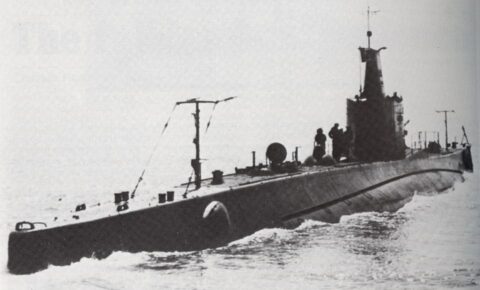
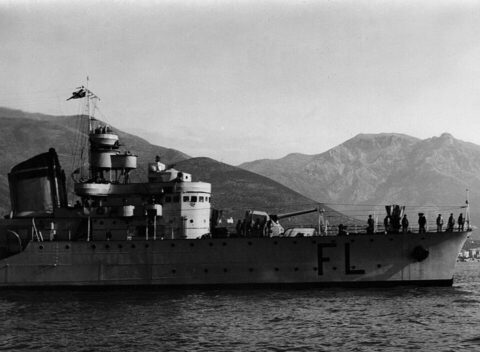
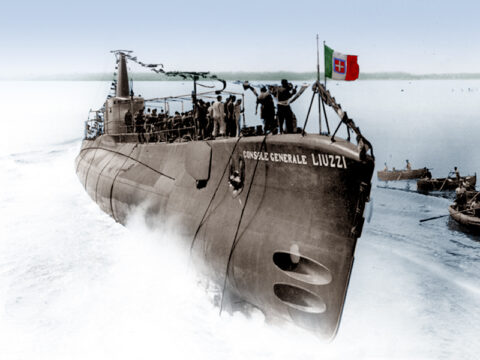
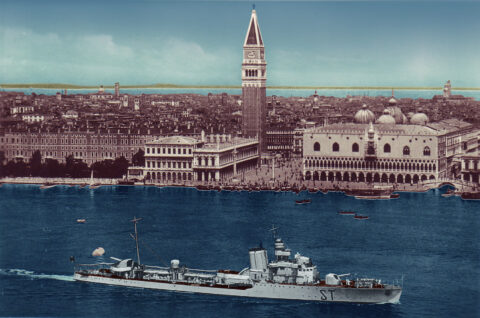
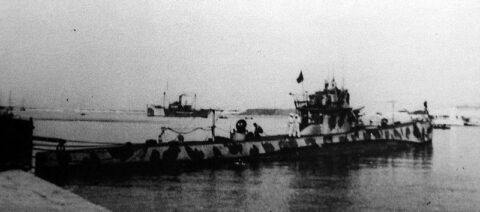
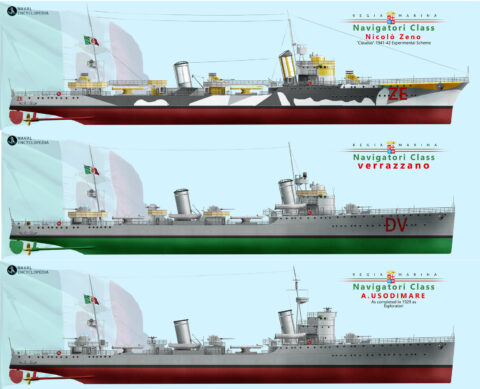
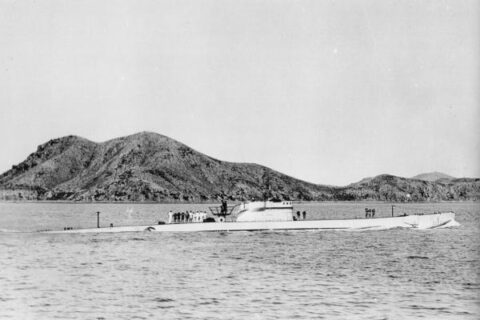
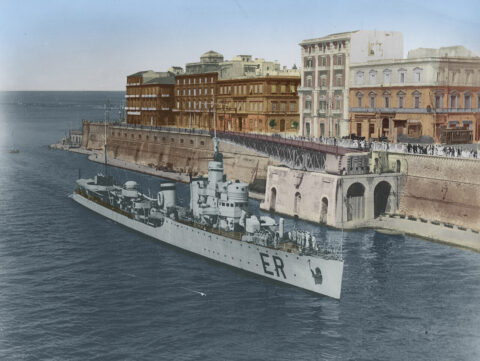
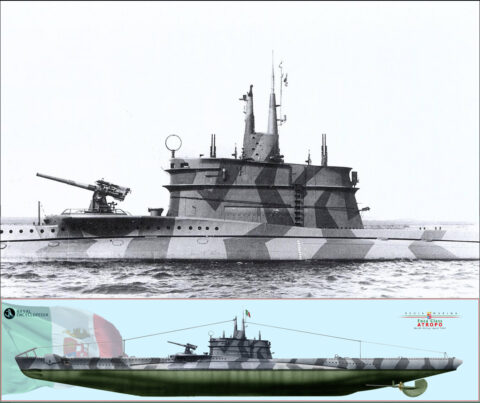
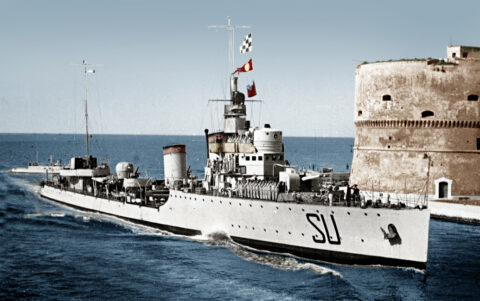
 dbodesign
dbodesign